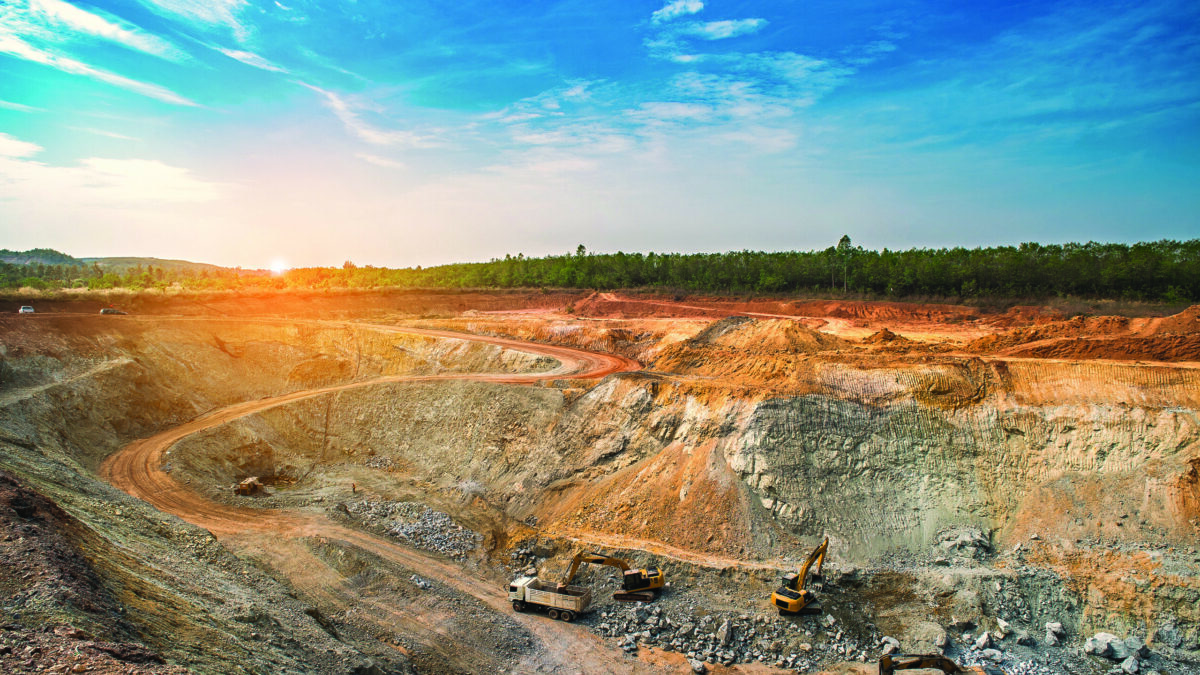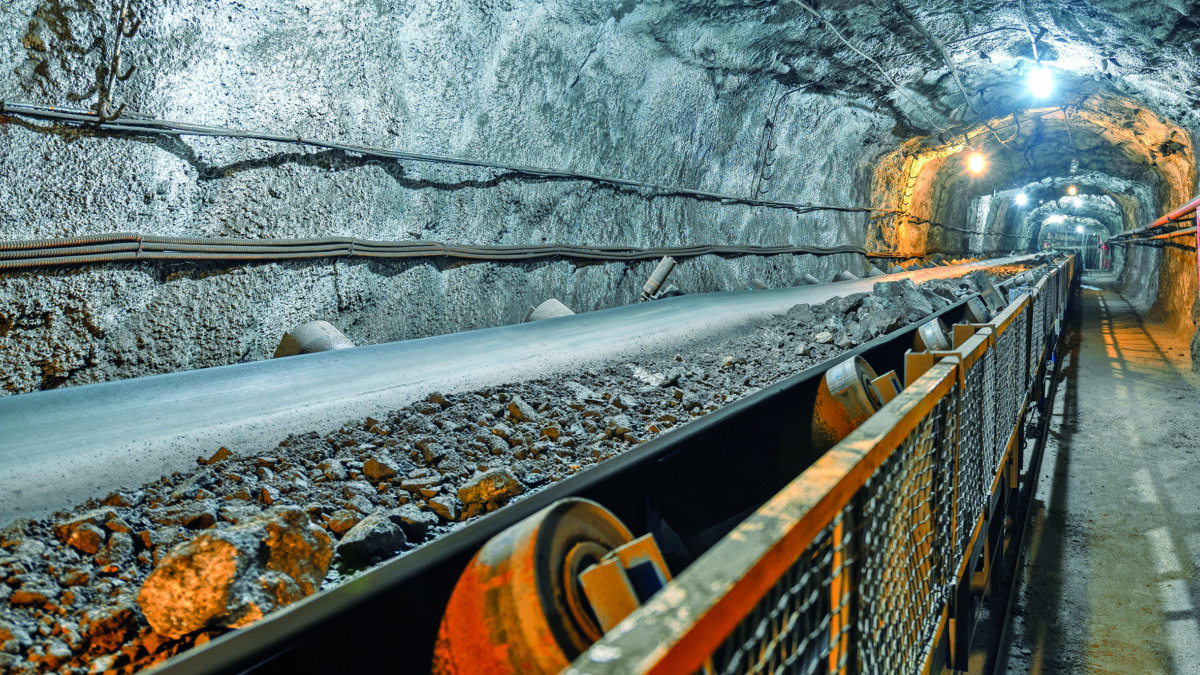One of the important roles of the Chamber of Mining and Geological Engineers of Serbia is to elevate the mining and geological profession in Serbia to a higher level, which means adhering to high professional working standards in mining and geology.

Mining in Serbia has been developing since ancient times. The Illyrians, Celts and Thracians were also engaged in mining in this area. The expansion of mining in this part of the world began in the time of the Nemanjić dynasty, when the rulers brought miners from other countries, mostly Saxony. They were also engaged in mining in Kosovo and Metohija. There is a wide variety of metal and nonmetal ores in Serbia, in significant quantities. The most common is iron, chromium, manganese, molybdenum, cobalt, cadmium, copper, antimony, lead and zinc.
The beginnings of mining in Serbia go back several thousand years. Traces of this ancient activity can be found, although quite rarely, in the ores of mercury, iron, copper and gold. In addition to the ancient times, mining in Roman times also flourished in all our ore-bearing areas, albeit, there is very little written information about the Roman mining in our region. We know much more about medieval mining and its scope is evidenced not only by traces of old mining and smelting works but also in various historic notes which clearly show that once, during the Middle Ages, extensive and technically advanced mining flourished in our region, more advanced than in many, at that time, more developed European countries.
Mining was especially intensive in the medieval Serbian and Bosnian states in Novi Brdo Janjevo, Trepča, Kopaonik, Rogozna, Rudnik, Kratovo, Srebrnica, Kreševo, Fojnica, etc. The rich ores of silver-bearing lead and copper in Serbia, Central Bosnia and Macedonia gave rise to the formation of large settlements, towns and merchant centres in the Serbian and Bosnian states.

Serbian and Bosnian medieval rulers, feudal lords, Venetian, Dubrovnik and Greek capitalists, Saxon purgars and a diverse population of Serbs, Greeks, Arbanassis, Saxons, Genoese and many others lived in these purely mining settlements and cities for a longer or shorter period of time.
Many centuries later, Serbia continues to use its mineral resources, while its Ministry of Mining and Energy is working full steam ahead.
In addition to the ancient times, mining in Roman times also flourished in all our ore-bearing areas.
That is how this new professional association came about – the Chamber of Mining and Geological Engineers of Serbia – the establishment of which is envisaged by the Law on Amendments to the Law on Mining and Geological Research, and at the proposal of the Deputy Prime Minister and Minister of Mining and Energy, Professor Zorana Mihajlović, PhD. The Chamber was formed in October 2021 when its Articles of Association entered into force.
One of the important roles of the Chamber of Mining and Geological Engineers of Serbia is to elevate the mining and geological professions in Serbia to a higher level, which means adhering to high professional working standards in mining and geology.